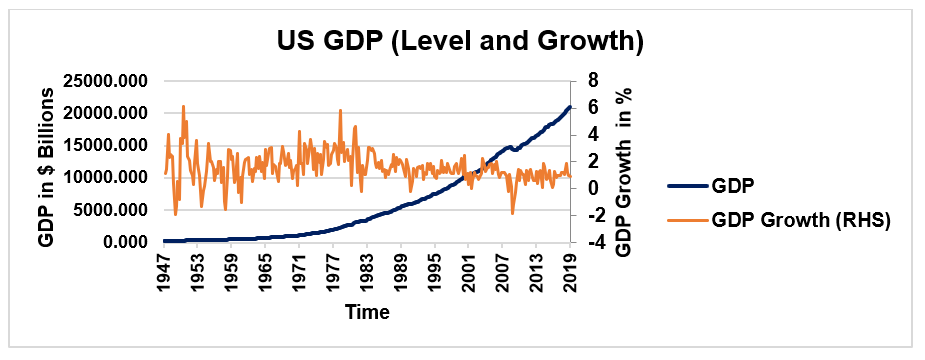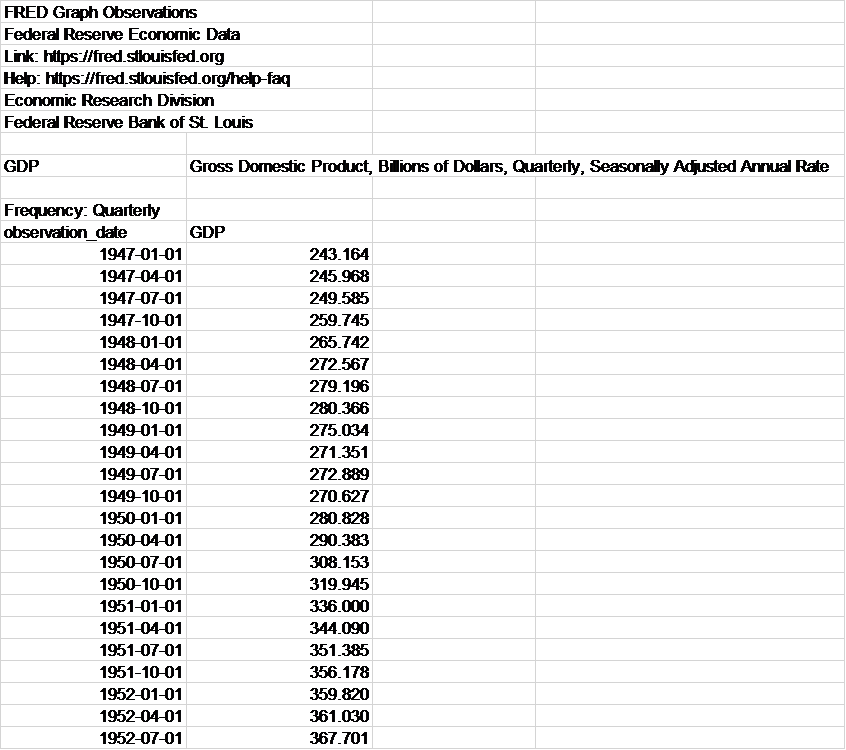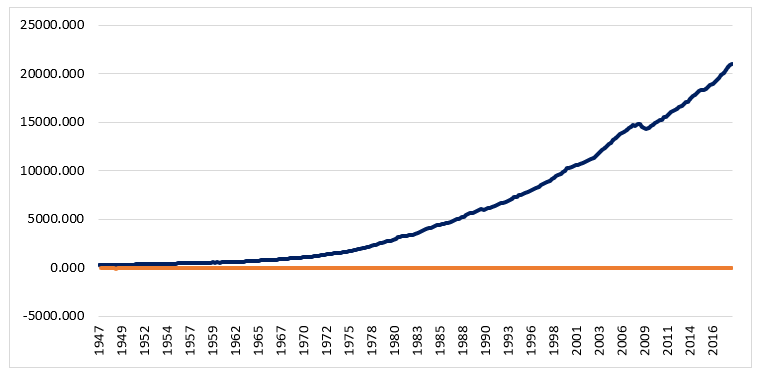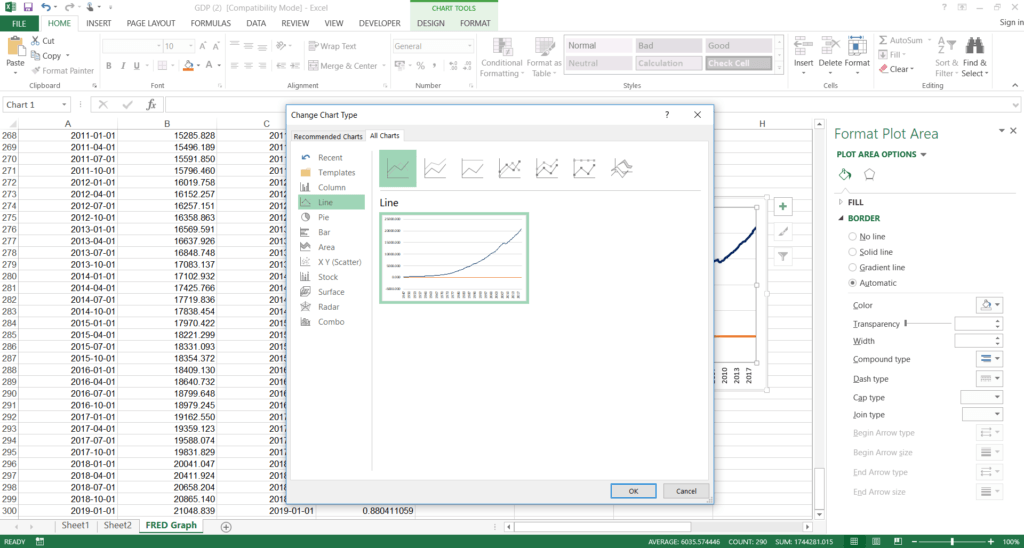how to add a secondary axis in excel
How to Add a Secondary Axis in Excel?
The article below provides a step-by-step guide on how to add a secondary axis to charts in Microsoft Excel. A secondary vertical axis gives us more versatility with regards to data visualization and also provides us with the ability to plot multiple data series on the same chart.
A secondary axis allows us to represent and visualize multiple data series without the need to use additional charts. The feature is especially useful when we want to compare data series that are measured in different units or with different scales of comparison. For example, it is impossible to compare aggregate GDP with the unemployment rate Unemployment Unemployment is a term referring to individuals who are employable and actively seeking a job but are unable to find a job. Included in this using the same scale. We can either standardize the data, i.e., use an index for the data, or use a secondary axis.
Examples of Chart with a Secondary Axis
The chart below is made from US quarterly GDP data. The left-hand side vertical axis measures the GDP in levels, whereas the right-hand side vertical axis measures the growth in GDP. The next section will provide a step-by-step guide on how to recreate the exact chart.

Adding a Secondary Axis in Excel – Step-by-Step Guide
1. Download the sample US quarterly GDP data here.

….

2. Open the file in Excel, and get the quarterly GDP growth by dividing the first difference of quarterly GDP with the previous quarter's GDP.

3. Select the GDP column (second column) and create a line chart. Use the quarterly observation date column (first column) as the horizontal axis, i.e., the axis label for the GDP. Change the format of the axis labels to show year only. It can be done by changing the number format in the right-hand side formatting pane to yyyy.

4. Add the GDP growth column (fourth column) to the chart by right-clicking on the chart and clicking on select data and then adding a new data series. Use the quarterly observation date column (first column) as the horizontal axis, i.e., as the axis labels for the GDP growth. The chart should look like the one below:

5. Right-click on the chart and choose "Change Chart Type." The following menu should appear:

6. From the menu, select Combo and set both the chart types to "line" and set the GDP growth data series to the secondary axis.

7. The chart should look like the one below:

8. The last step is to make cosmetic changes that make the chart easier to work with. The changes that can be made include adding axis labels, a legend, and a chart title.

Additional Resources
CFI is the official provider of the Financial Modeling and Valuation Analyst (FMVA)™ Become a Certified Financial Modeling & Valuation Analyst (FMVA)® CFI's Financial Modeling and Valuation Analyst (FMVA)® certification will help you gain the confidence you need in your finance career. Enroll today! certification program, designed to transform anyone into a world-class financial analyst.
To keep learning and developing your knowledge of financial analysis, we highly recommend the additional resources below:
- Level of Measurement Level of Measurement In statistics, level of measurement is a classification that relates the values that are assigned to variables with each other.
- Parameter Parameter A parameter is a useful component of statistical analysis. It refers to the characteristics that are used to define a given population. It is used to
- Ordinal Data Ordinal Data In statistics, ordinal data are the type of data in which the values follow a natural order. One of the most notable features of ordinal data is that
- Full List of Excel Courses
how to add a secondary axis in excel
Source: https://corporatefinanceinstitute.com/resources/excel/study/how-to-add-a-secondary-axis-in-excel/
Posted by: brownbover1940.blogspot.com

0 Response to "how to add a secondary axis in excel"
Post a Comment